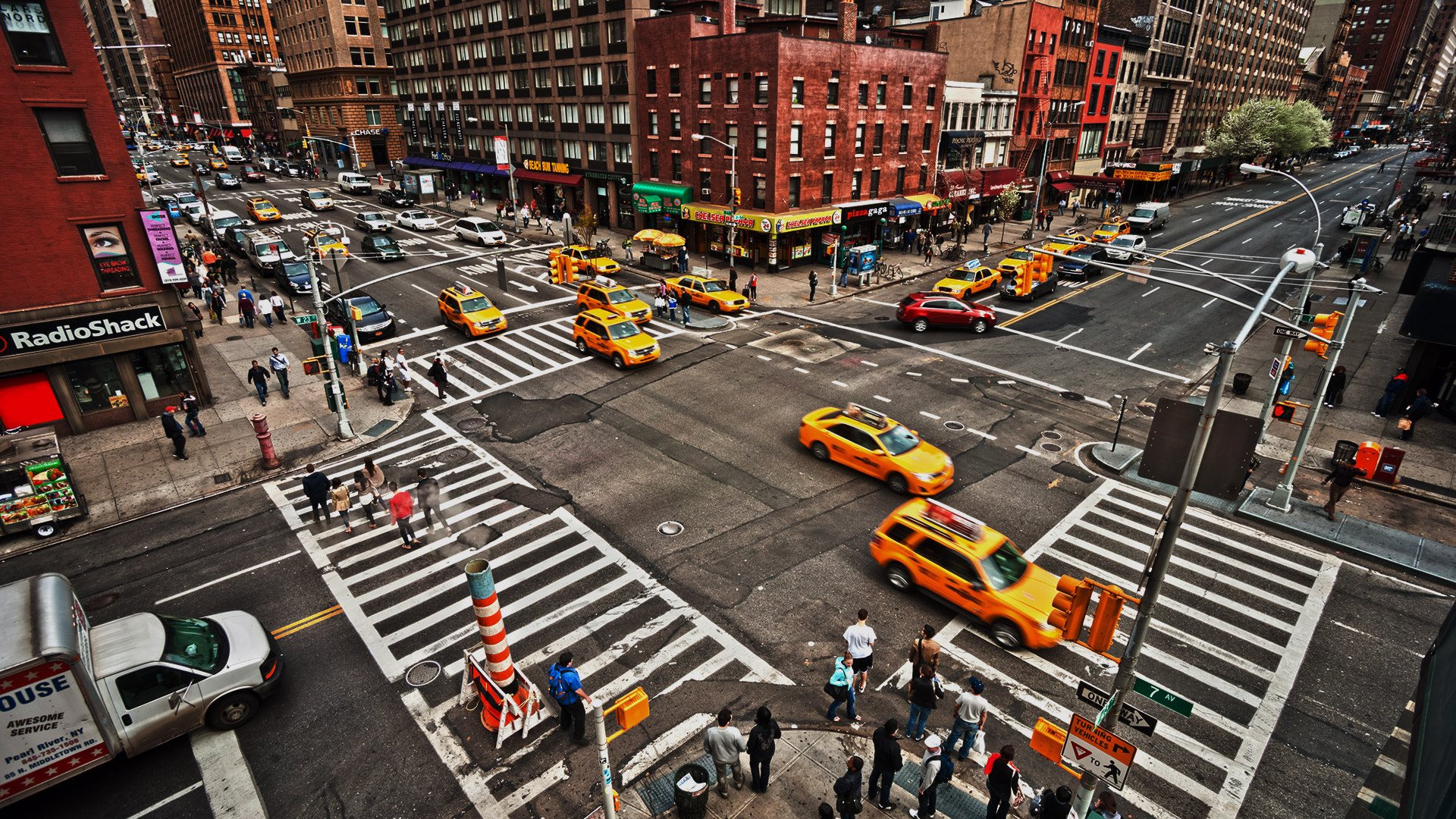New York City to Implement Congestion Pricing to Ease Traffic

Giao thông ở khu vực trung tâm New York. Nguồn: Reuters.
New York City, known for its bustling streets and heavy traffic, is taking steps to alleviate congestion and reduce air pollution through the implementation of congestion pricing. This initiative aims to decrease traffic volume in the city center by approximately 17% and reduce emissions by up to 2%. Additionally, the program is expected to generate $1-1.5 billion in revenue for the development of public transportation infrastructure.
Pricing Mechanism and Exemptions
Under the proposed plan, passenger vehicles entering the southern area of Manhattan, specifically below 60th Street, will be subject to a daily fee of $15. However, to address the concerns of residents and small businesses, vehicle owners with annual revenues below $500,000 will have the option to apply for reduced fees.
Furthermore, New York City officials are considering implementing higher congestion pricing rates for vehicles entering Manhattan below 60th Street, aiming to further decrease overall traffic congestion.
The Need for Congestion Pricing
Despite having a modern and well-maintained transportation system, many cities in the United States, including New York City, are plagued by traffic congestion. New York City, often referred to as the “Big Apple,” tops the list as one of the most congested cities in the country. During peak hours, the average driving speed in the city is a mere 19 km/h. New Yorkers spend approximately 236 hours (equivalent to 10 days) stuck in traffic each year during peak hours.
In March, it was reported that New York City commuters spend an average of 24 minutes to travel just over 9 km by car. This has led to frustrations among drivers like Shawn Duncan, a 51-year-old resident who regularly spends 2.5 hours commuting from Manhattan to Stamford. Duncan expressed his concerns, stating, “Traffic in New York City is extremely busy and getting worse. I’ve been driving here for 16 years, and each year there are more cars on the road.”
According to data from the US Department of Transportation, Washington D.C. ranks second in terms of congestion, with drivers spending approximately 20 minutes to travel 10 km at an average speed of 22 km/h. San Francisco, Boston, and Chicago follow closely with average speeds of 24 km/h and 25 km/h during peak hours, respectively.
Conclusion
Congestion pricing is a proactive measure taken by New York City to address the growing traffic congestion and its associated issues. By implementing this system, the city aims to reduce traffic volume, improve air quality, and generate revenue for the development of efficient public transportation infrastructure. As New York City moves forward with its congestion pricing plan, it serves as a model for other cities struggling with similar challenges.
To stay updated on the latest news and developments in the world of finance, visit Business Today.
